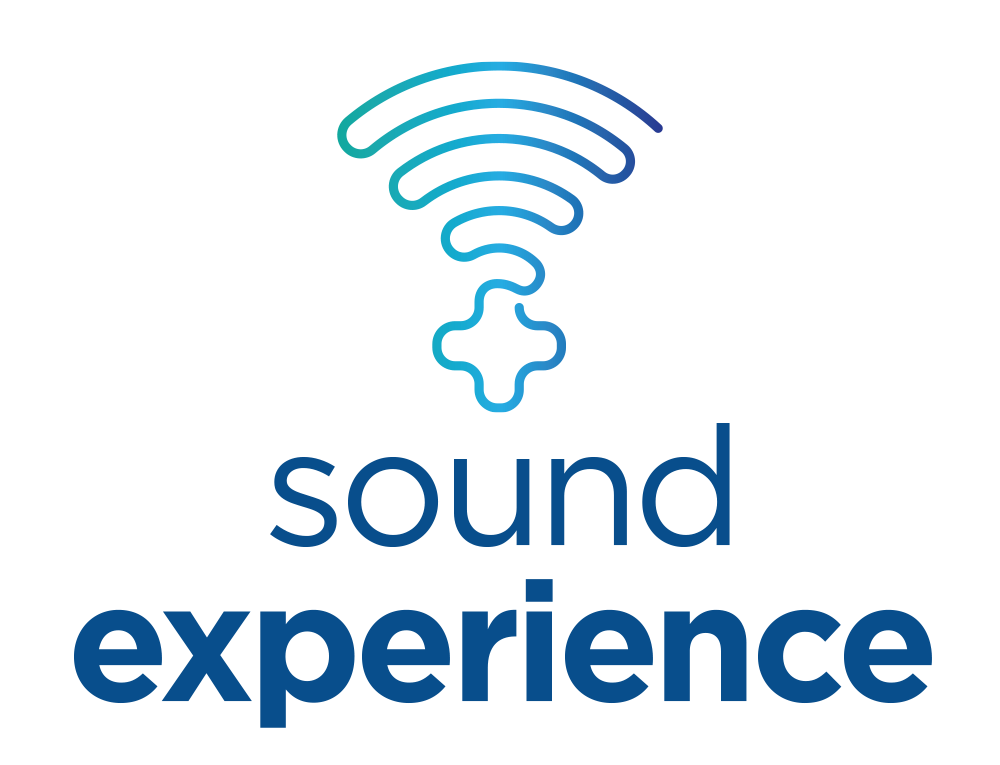A sit-down with Hamza & Naythan, the Stoddard Road Physios. Our technical ability (1/3).
Hamza Farrah
Evolving from a catch-up with Hamza & Naythan in May 2022, this is the first of three posts exploring themes on our technical ability and interest, the ultrasound report, and how we care about our shared patients.
Meeting our referrers is the best part of my work. I’m a believer in ‘we become better at our work with insight and understanding of theirs’. As a team and service provider, we see working and growing together as the key to our goal, that all patients receive skilled ultrasound examinations. And referrers to receive evidence-based reports resulting in timely targeted treatment. And the patient’s return to activity.
Naythan de Melo
The Stoddard Road Physios Hamza Farah and Naythan de Melo met while studying, becoming friends, and then business partners in 2016. They started referring patients to Sound Experience after meeting Scott in 2014. We’ve had a keen interest in their story from the beginning.
Hamza & Naythan impressed me with their mix of professionalism, care and commitment to their patients and community as they explained their ‘whys’ and how they use ultrasound to inform their practice. Their feedback was also really interesting.
Hamza spoke about why he refers to us for ultrasound imaging. “My initial thoughts as a physiotherapist were that all sonographers were the same with the same ability to accurately diagnose my patients using an ultrasound scan machine. However, I soon found that this was not the case as I sent many of my patients to certain sonographers who would send me report findings showing no structural abnormalities, although clinically, my patients were in significant pain. This is when I started to question why this was happening, so I decided to send these patients to Sound Experience and compare the report findings. I found the sonographers at Sound Experience had extensive musculoskeletal knowledge and the ability to functionally asses…” Hamza Farrah
Naythan spoke about their use of our acute injury focus, including early diagnosis and follow-up and how this information informs management planning and return to activity. More about our acute injury focus here and here
Our technical ability - The answer is about 50, or about 200, ultrasound examinations of a structure.
“That is, we think it takes about 50 ultrasound examinations of a structure before a musculoskeletal imaging specialist knows they aren’t very good. Or about 200 until they are tolerably competent. In addition to focussed time on learning to understand musculoskeletal injury pathology, sonoanatomy, and most importantly, why the diagnosis matters to individual people. We are curious.” Jesse Mason, Sound Experience musculoskeletal imaging specialist.
Ka kite
Katy


